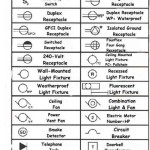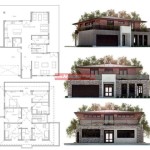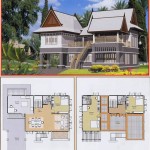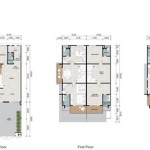Essential Aspects of Container Building Plans
Container buildings are a sustainable and cost-effective way to create unique and flexible structures. They are made from recycled shipping containers, which gives them a rugged and industrial aesthetic. Container buildings can be used for a variety of purposes, including homes, offices, retail stores, and even schools. However, it is essential to have a well-designed plan before starting any container building project.
Choosing the Right Containers
The first step is to choose the right containers. There are two main types of shipping containers: dry cargo containers and refrigerated containers. Dry cargo containers are more common and less expensive, while refrigerated containers are insulated and can be used to store perishable goods. The size of the containers will also need to be considered. The most common sizes are 20 feet and 40 feet long, but there are also other sizes available.
Planning the Layout
Once the containers have been chosen, the next step is to plan the layout of the building. This will involve deciding how the containers will be stacked and connected. It is important to consider the flow of traffic and the placement of windows and doors. The layout should also be designed to maximize natural light and ventilation.
Structural Considerations
The structural integrity of the building is also important. The containers need to be properly connected to each other and to the foundation. This will ensure that the building is strong enough to withstand wind and other forces. It is also important to consider the weight of the building and the type of foundation that will be needed.
Insulation and Climate Control
Insulation is essential for container buildings, especially in climates with extreme temperatures. The insulation will help to keep the building warm in the winter and cool in the summer. There are a variety of insulation options available, including spray foam, fiberglass, and cellulose. The type of insulation that is used will depend on the climate and the budget.
Electrical and Plumbing
Electrical and plumbing systems are also essential for container buildings. The electrical system will provide power to the building, while the plumbing system will provide water and sewer service. It is important to hire a qualified electrician and plumber to install these systems. They will ensure that the systems are installed safely and up to code.
Finishing Touches
Once the structural, insulation, and electrical systems have been installed, the finishing touches can be added. This will include painting the exterior, installing flooring, and adding fixtures and appliances. The finishing touches will give the container building a unique and personalized look.
Conclusion
Container building plans require careful consideration of all of the essential aspects of the project. By following these tips, you can create a container building that is strong, efficient, and stylish. With a little planning, you can create a container building that meets your needs and budget.

8x20 Container Floor Plans House Building A Home

Container Home Plans Blueprints Housing

Container House Plans Making A Home In Living Contain Design

Container Home 6 Floorplan Design Plans House

Method In Modular 10 Floor Plans Using Container Architecture Archdaily

2 Bedroom Container House Plans Bed Homes Home Usa Feet Inches N Metric

Container Home Plans Cmg Containers

40 Container Home Plans Eagle Leasing

Container Home House Plans Cargo Best Ing 4 Bedroom 3x40 Foot Containers

Ship Container House Plans 3 Containers Home Concept Plan Homes Building A








